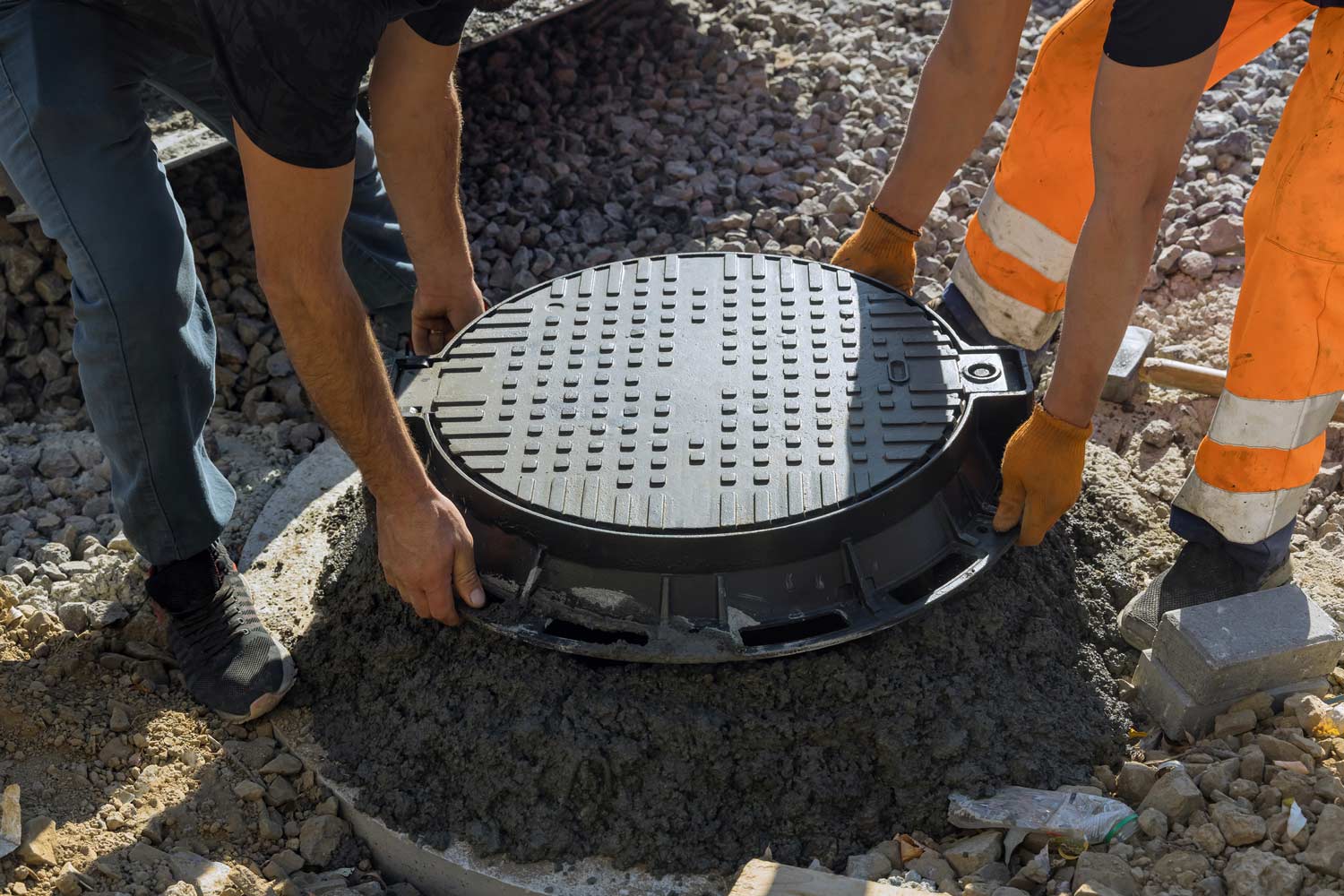Installing Septic? 4 Ways to Make Sure You Don't Have Problems Later
Admin • October 7, 2019
When you install a brand-new septic system on your property, you have a lot of details and plans to work out. You want to make the right choices and pay attention to the right details, but it's not always easy, especially if you haven't owned a septic system before.
Here are four tips to help you plan and manage your installation to prevent common septic issues later.
1. Choose Plastic Septic Baffles
Septic baffles are the piece used at the inflow and outflow of the septic tank. The inlet baffle mainly helps direct wastewater so that it takes a downward trajectory. The outlet baffle holds back the solids and the floating scum layer so that only liquid waste flows out to the leach field (also known as soil absorption area).
Plastic may not sound like the highest-quality material to use, but the two materials typically used for septic baffles are plastic and concrete. Concrete tends to react with one of the gases produced in the tank. This reaction weakens the concrete until it crumbles. A plastic baffle, also called a sanitary tee, doesn't suffer from the same ailment.
Plastic septic baffles are a huge part of keeping your septic system in good order. That's because a crumbled baffle can cause big problems.
For example, the baffle could collapse into the tank's outflow pipe and prevent water from leaving the tank. Or it could simply crumble away from the bottom until it doesn't hold back solids and scum any more. Solids and scum could then make their way out of the tank and end up in the leach field, which will clog the lines.
2. Size the System for Future Family Additions
If you plan to add to your family later on and you want to stay in this house long-term, you'll need to make sure your septic system is up to the task. Even if your house isn't big enough for more family members now, if you plan to add on later, you'll need to have the septic capacity if you hope to be able to update your house in a cost-effective way.
Invest in a tank that will keep up with your family's size. Not only the tank itself, but also the leach field will need to have a larger capacity if you plan to have a larger family in future.
3. Install a Septic Filter
In addition to a septic baffle that won't crumble, you really need to have a septic filter at the outlet pipe. This will help further narrow down what reaches the leach field. If too much waste with high organic content gets into the leach field lines, it can eat up the oxygen until the leach field's aerobic bacteria are no longer healthy because of the reduced oxygen levels.
When the aerobic bacteria fail to thrive, your leach field's anaerobic bacteria (those that don't require air) can take over. This result tends to smell bad, and it can result in a thicker slime layer that can clog up the soil.
4. Consider Future Maintenance Now
You'll likely work with a professional septic contractor to install your septic system. Ask the contractor if they also provide septic maintenance. If so, ask them to simply send you a reminder when your system is due for its first maintenance visit, when your system will need its first pump-out and filter cleaning.
If the installation contractor doesn't offer maintenance, ask them to recommend a local contractor who does.
These four tips can help you consider each aspect of how your septic system's installation process will affect its future performance and lifespan. And of course, one of the most important factors in any installation is the expertise of the installer. So be sure you only choose a qualified, reputable local installer with great reviews.
JT Sanitation provides septic services 24 hours a day, 7 days a week. We offer not only soil testing and tank installations but also services for those with existing septic systems, such as video line inspections and high-pressure jetting
for blocked sewer or drain lines. Get in touch today to learn more.
Choosing a good site for your new septic system depends on several factors. Learn what makes an appropriate septic installation site by reading this blog.
Septic tanks are beneficial but can get full fast. That’s why regular septic cleaning is important. Discover the benefits you can get.
Many homeowners disguise their septic systems. Heed these warnings to ensure your septic disguises do not come with dangerous complications.
Keep your septic system in top condition and prevent damage by preparing it for winter. Learn six steps to prepare for the colder months.
Do you suspect you have a clogged sewer line? Avoid health threats and water damage by knowing the signs to watch out fora main sewer line clog.
A septic system is a significant investment and one you want to last for years. Learn a few simple ways to increase the life of your septic system.
Many factors could cause the backflow of waste into your home. Follow our blog's four tips to ensure you don't have to deal with flooding inside your home.
Septic system repair isn't something that you should leave to a DIY enthusiast. Learn about five reasons to always hire a septic system professional.
If you build a new home and you plan to install a septic system, you will need to take the percolation test. Discover four important things about this test.
